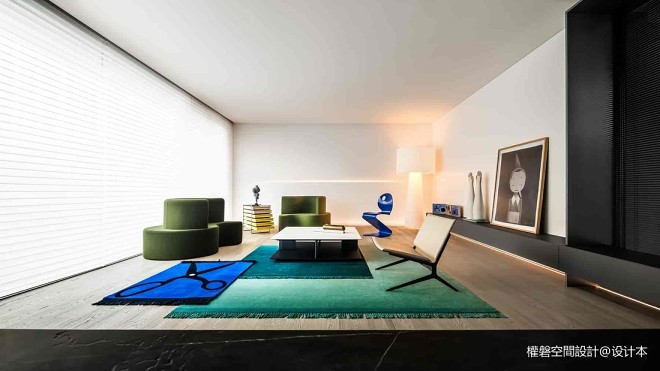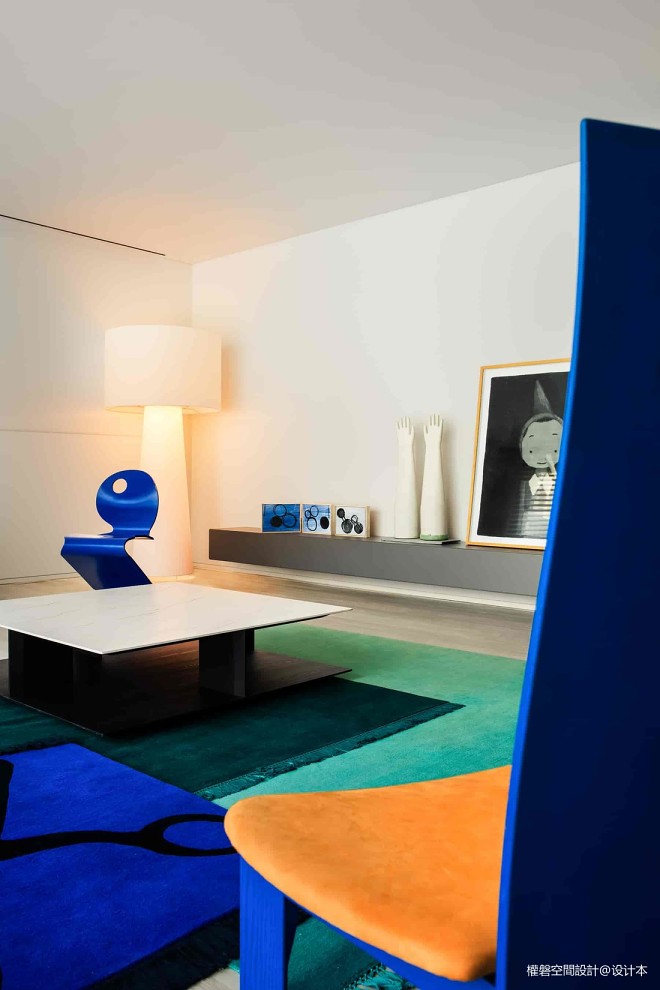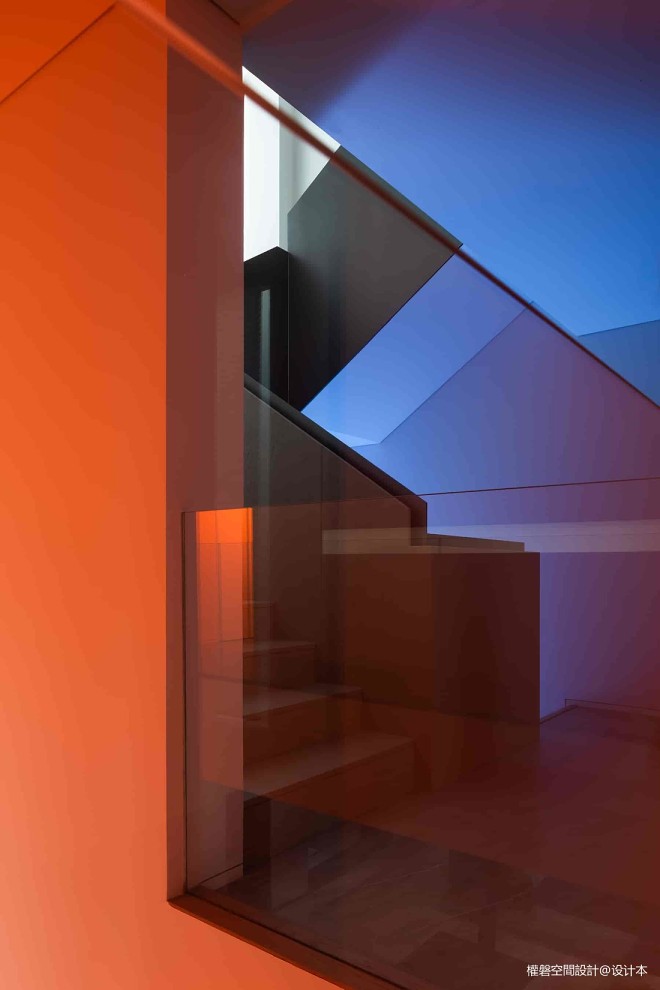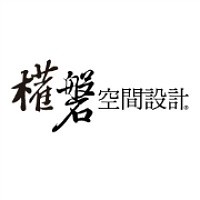光之盒
參考造價:暫未填寫|
空間:商業(yè)展示|
面積:1000平米|
瀏覽數:745

在房地產飛速發(fā)展的20年多年里,住宅作為一種商品被大規(guī)模制造讓他們與使用者的需求逐漸南轅北轍,同時附庸風雅的概念與反復粘貼的風格更是讓市場上的住宅變成面目模糊。
In the last two decades of rapid real estate development, housing has been mass-produced as a commodity, gradually veering away from meeting users' needs. Moreover, the influx of artistic concepts and repetitive styles has led to a blurred identity in houses available in the market.
In the last two decades of rapid real estate development, housing has been mass-produced as a commodity, gradually veering away from meeting users' needs. Moreover, the influx of artistic concepts and repetitive styles has led to a blurred identity in houses available in the market.

幸運的是我們本案所在地和光塵樾是市場大浪淘沙之下的一個獨特且品質優(yōu)秀的項目,它用光的美學來表達對城市的關懷和對審美進步的深思。項目的建筑中大量將讓自然光引入的動作,讓光成為空間里無可辯駁的主角。
Fortunately, our project situated in Heguangchenyue stands as a unique and high-quality development amid the market upheaval. It expresses care for the city and profound thoughts on aesthetic advancement through the aesthetics of light. The architectural design incorporates numerous actions to introduce natural light, making it the unequivocal protagonist within the space.
Fortunately, our project situated in Heguangchenyue stands as a unique and high-quality development amid the market upheaval. It expresses care for the city and profound thoughts on aesthetic advancement through the aesthetics of light. The architectural design incorporates numerous actions to introduce natural light, making it the unequivocal protagonist within the space.

光,作為建筑與空間中永恒的創(chuàng)造母題,是每個設計師都渴望去解的題,而本案的設計中,也將立意也落筆于“光”,面對原本空間就大量“引入”的光以外,更能看到崔樹對光的細膩控制,最終實現以空間為器來駕馭光,又以不同的光線來重塑造不同的空間。
Light, an everlasting creative motif in architecture and space, poses a challenge that every designer aspires to tackle. In this case's design concept, the focus is also on "light," with a substantial introduction of light into the existing space. Beyond simply introducing light, the meticulous control exercised by Cui Shu over the light is evident, ultimately using space as a medium to master light and employing different light sources to reshape distinct spaces.
Light, an everlasting creative motif in architecture and space, poses a challenge that every designer aspires to tackle. In this case's design concept, the focus is also on "light," with a substantial introduction of light into the existing space. Beyond simply introducing light, the meticulous control exercised by Cui Shu over the light is evident, ultimately using space as a medium to master light and employing different light sources to reshape distinct spaces.

五層的別墅空間從空間邏輯上被分為兩個部分,一樓至三樓用來安置一家人的日常起居飲食的基礎需求。
The five-story villa space is logically divided into two parts - the first to third floors are designated for the family's living and dining requirements.
The five-story villa space is logically divided into two parts - the first to third floors are designated for the family's living and dining requirements.

從大門步入,豎向空間上兩層挑高的門廳空間與水平向上連綿的L型兩面落地玻璃窗交匯映入眼簾,創(chuàng)造了第一重無限延展的感官沖擊體驗。
Upon entering, the double-height foyer space and continuous L-shaped floor-to-ceiling glass windows offer an expansive visual experience, creating an infinite sense of extension.
Upon entering, the double-height foyer space and continuous L-shaped floor-to-ceiling glass windows offer an expansive visual experience, creating an infinite sense of extension.

在這個以客、餐廳為主要功能的公共區(qū)域,室內并未做過度的設計動作,而是通過讓庭院風景與室內相疊合,構成一個以自然日光和生活場景相互交織的獨特場域,兩者相為觀看與被觀看的主客體關系。
In this public area, serving as the primary guest and dining space, the interior is not overly designed. Instead, the integration of courtyard scenery with the interior establishes a unique domain where natural daylight and life scenes blend. This interplay defines the subject-object relationship between viewing and being viewed.
In this public area, serving as the primary guest and dining space, the interior is not overly designed. Instead, the integration of courtyard scenery with the interior establishes a unique domain where natural daylight and life scenes blend. This interplay defines the subject-object relationship between viewing and being viewed.

崔樹將原本開闊連綿的空間“打碎”,又刻意用壓縮到人尺度的走道串聯(lián)起它們,由此形成不同功能空間上有效區(qū)隔以到達私密性的效果,又在家中形成多種有趣對望關系,創(chuàng)造了家人之間的聯(lián)結。
Cui Shu has intentionally fragmented the initially open and continuous spaces, connecting them via walkways scaled to human proportions. This effectively segregates different functional spaces to ensure privacy while fostering diverse and engaging spatial relationships among family members.
Cui Shu has intentionally fragmented the initially open and continuous spaces, connecting them via walkways scaled to human proportions. This effectively segregates different functional spaces to ensure privacy while fostering diverse and engaging spatial relationships among family members.

在隱私性最強的頂樓主臥空間則被大刀闊斧化零為整,一個小家庭單元基礎的生活都被串聯(lián)其中。整個三層空間的交通空間的尺度都被刻意壓縮或拉長,但走道則因為風景與光的介入,也由消極枯燥的交通空間成為移步異景的園林步廊。 讓家的空間有了中國古畫的意趣,讓所有的日常活動都生動地都躍然于一紙之上。
The top-floor master bedroom space, offering the utmost privacy, has been strategically compartmentalized to accommodate the basic life of a small family unit. While the scale of circulation space across all three floors is intentionally manipulated, the intervention of scenery and light has transformed corridors from passive transit zones into garden-like passages with varying vistas. This design imbues the home space with the essence reminiscent of ancient Chinese paintings, vividly illustrating all daily activities as if they leap off the canvas.
The top-floor master bedroom space, offering the utmost privacy, has been strategically compartmentalized to accommodate the basic life of a small family unit. While the scale of circulation space across all three floors is intentionally manipulated, the intervention of scenery and light has transformed corridors from passive transit zones into garden-like passages with varying vistas. This design imbues the home space with the essence reminiscent of ancient Chinese paintings, vividly illustrating all daily activities as if they leap off the canvas.

與樓上所承載的一家老少的生活日常所不同的,地下兩層更像是安放主人自我的精神棲息地。樓梯經過動線梳理后,挪至空間的中心,以一段樸直平緩的的樓梯入大道一般指引預示著轉換與連接,讓人伴隨著燈光線索踏入地下的精神之園林,又可循著日光回歸現實的日常。
Unlike the daily routines of the family upstairs, the two underground floors resemble a sanctuary for the homeowner's inner self. Following a meticulous arrangement of spatial flows, the staircase relocates to the heart of the area. With its straightforward and gentle ascent, the stairs act as an avenue signaling transition and connection, inviting one to venture into the subterranean spiritual haven while providing an avenue back to the reality bathed in natural sunlight.
Unlike the daily routines of the family upstairs, the two underground floors resemble a sanctuary for the homeowner's inner self. Following a meticulous arrangement of spatial flows, the staircase relocates to the heart of the area. With its straightforward and gentle ascent, the stairs act as an avenue signaling transition and connection, inviting one to venture into the subterranean spiritual haven while providing an avenue back to the reality bathed in natural sunlight.

崔樹以最為醇熟的手法在地下用室內建筑的形式制造了盒子,通過盒子之間的大小穿插、錯落形成了多個不同標高,營造出層級豐富的小空間組團,由此讓傾斜的光有了變化,有遞進,有層級,有延伸,配合挑高的中庭與多樣的條窗投出微光,若身處其中的某些瞬間會感受到如朗香教堂內部一般的神圣感,這是屬于居住者的精神性時刻。
Cui Shu has adeptly employed sophisticated architectural techniques underground, crafting a series of 'boxes' within the interior architecture. These boxes, varying in size and interwoven across different elevations, engender a richly layered composition of intimate spaces. The interplay of inclined light, manifesting progressions, gradations, and extensions, coupled with the high-ceiling atrium and diverse strip windows diffusing subtle rays, evokes moments of sanctity akin to the ambiance found within Langxiang Church. It's a space nurturing spiritual resonance for its inhabitants.
Cui Shu has adeptly employed sophisticated architectural techniques underground, crafting a series of 'boxes' within the interior architecture. These boxes, varying in size and interwoven across different elevations, engender a richly layered composition of intimate spaces. The interplay of inclined light, manifesting progressions, gradations, and extensions, coupled with the high-ceiling atrium and diverse strip windows diffusing subtle rays, evokes moments of sanctity akin to the ambiance found within Langxiang Church. It's a space nurturing spiritual resonance for its inhabitants.

酒吧空間出乎意料地采用了大量圓弧形語匯組成了柔軟又未來的包裹形態(tài),完全不同于整體的設計語言昭示著空間的異質性,好似一處降臨在家中的一艘飛船,若循著樓梯拾階而上,坐下的時刻就仿佛暢游于靜謐的太空之中,在失重體驗的中與另一半現實的世界斷聯(lián)。
The bar space, in an unexpected turn, embraces a design vocabulary primarily comprising soft and futuristic curves, starkly diverging from the overarching design language. This configuration, resembling a spacecraft materializing within the home, invites an ethereal experience. Ascending the stairs, settling in evokes the sensation of voyaging through tranquil space, disengaged from the conventional reality, experiencing a weightless detachment.
The bar space, in an unexpected turn, embraces a design vocabulary primarily comprising soft and futuristic curves, starkly diverging from the overarching design language. This configuration, resembling a spacecraft materializing within the home, invites an ethereal experience. Ascending the stairs, settling in evokes the sensation of voyaging through tranquil space, disengaged from the conventional reality, experiencing a weightless detachment.

茶室則呈現了《陰翳禮贊》中東方曖昧空間描述,條窗讓中庭熹微之光若隱若現的透過來的,魚缸里的金魚則為空間提供了一種動勢,“捏造”出夢幻的風景,也讓閑趣生活與詩意情境在此重疊。天井庭院里,光線從上部引入,在墻壁上拓下光斑樹影。玻璃磚半墻框出一處影影綽綽的窗景,為地下帶來一絲明亮與生機。
The teahouse encapsulates the mystique found in 'In Praise of Shadows,' employing strip windows that allow faint light from the atrium to delicately seep through. The presence of goldfish within a fish tank imparts dynamism to the space, almost 'crafting' a dreamlike vista. It is a space where leisurely living converges with poetic ambiance. In the courtyard, light filtering from above paints dappled shadows of trees on the walls. A glass brick half-wall frames an obscure yet intriguing window view, infusing the underground with a hint of luminance and vitality.
The teahouse encapsulates the mystique found in 'In Praise of Shadows,' employing strip windows that allow faint light from the atrium to delicately seep through. The presence of goldfish within a fish tank imparts dynamism to the space, almost 'crafting' a dreamlike vista. It is a space where leisurely living converges with poetic ambiance. In the courtyard, light filtering from above paints dappled shadows of trees on the walls. A glass brick half-wall frames an obscure yet intriguing window view, infusing the underground with a hint of luminance and vitality.

崔樹力圖用向生活而行的方式,理解人們具體且生動的生活情景,將新時代里的需求被作為空間操作的出發(fā)點,更好的汲取生活中的感與悟,以用多年的專業(yè)理念與美學素養(yǎng),鑄建與實驗居所空間,本次為盒子系列的一號作品,未來還將以一系列關于住宅的實踐來探討“家”這個私人化的概念。
Cui Shu ardently strives to comprehend the vivid and distinct life experiences of individuals, adopting a life-centric approach to spatial operations in sync with the contemporary era. Leveraging years of professional expertise and aesthetic acumen, this creation marks the inaugural endeavor within the 'box' series. Future projects will further delve into the personalized concept of 'home' through an array of residential explorations.
Cui Shu ardently strives to comprehend the vivid and distinct life experiences of individuals, adopting a life-centric approach to spatial operations in sync with the contemporary era. Leveraging years of professional expertise and aesthetic acumen, this creation marks the inaugural endeavor within the 'box' series. Future projects will further delve into the personalized concept of 'home' through an array of residential explorations.

項目信息
Information
項目名稱:光之盒
Project name: Box of Light
項目地點:中國·北京
Project Location:Beijing,China
設計單位:CUN寸DESIGN
Design unit:CUN DESIGN主案設計:崔樹 那木拉
Chief Designer: Cui Shu & Na Mu La
坐落地點:北京市朝陽區(qū)
Location: Chaoyang District, Beijing
建筑面積:1000平方米
Building Area: 1000m
設計時間:2021.10月
Design time:October 2021
完工時間:2023.4月
Completion time:April 2023
Information
項目名稱:光之盒
Project name: Box of Light
項目地點:中國·北京
Project Location:Beijing,China
設計單位:CUN寸DESIGN
Design unit:CUN DESIGN主案設計:崔樹 那木拉
Chief Designer: Cui Shu & Na Mu La
坐落地點:北京市朝陽區(qū)
Location: Chaoyang District, Beijing
建筑面積:1000平方米
Building Area: 1000m
設計時間:2021.10月
Design time:October 2021
完工時間:2023.4月
Completion time:April 2023
設計本官方微信
掃描二維碼,即刻與本本親密互 動,還有更多美圖等你來看!
免責聲明:本網站部分內容由用戶自行上傳,如權利人發(fā)現存在誤傳其作品情形,請及時與本站聯(lián)系。
?2012-現在 shejiben.com,All Rights Reserved.









評論( 0)
查看更多評論